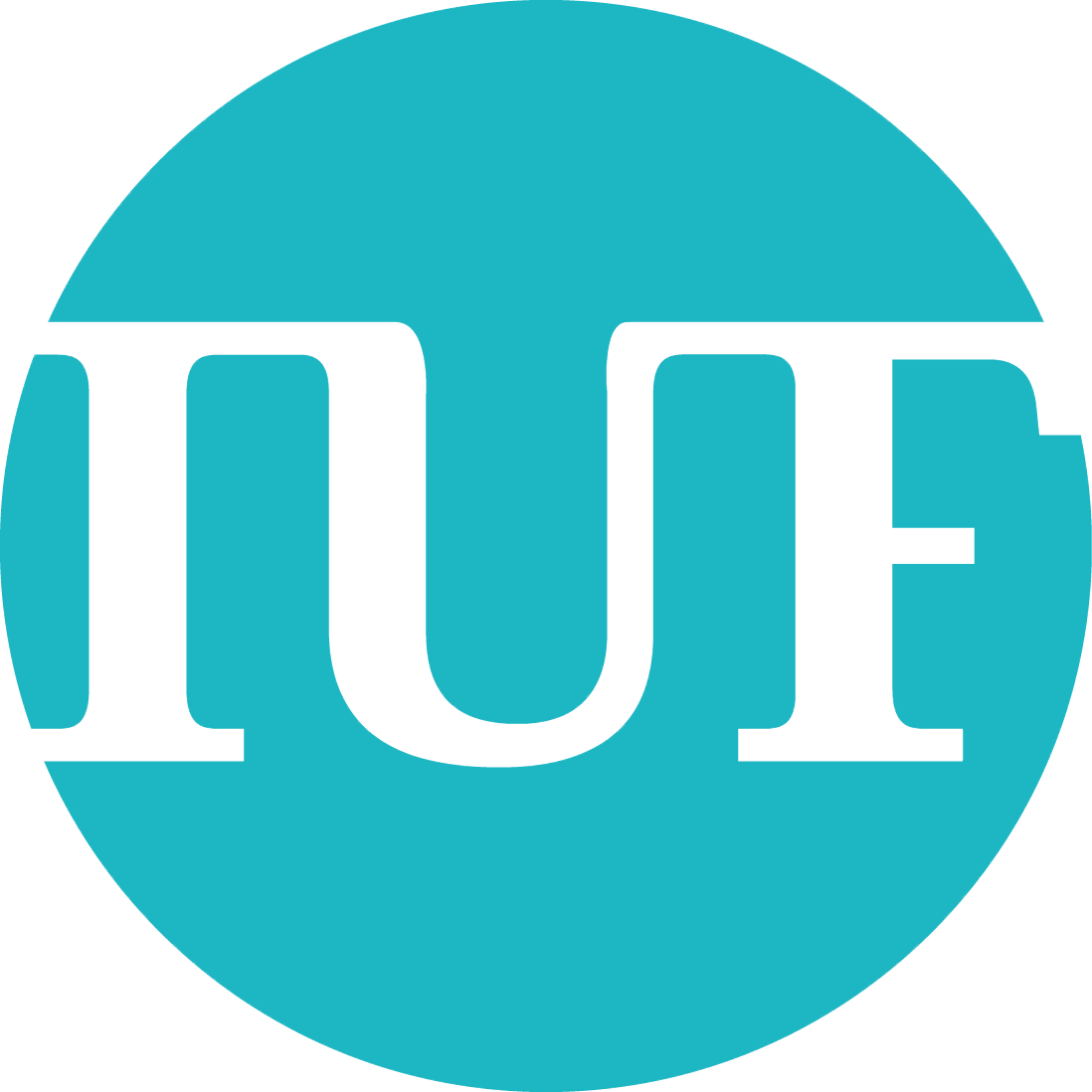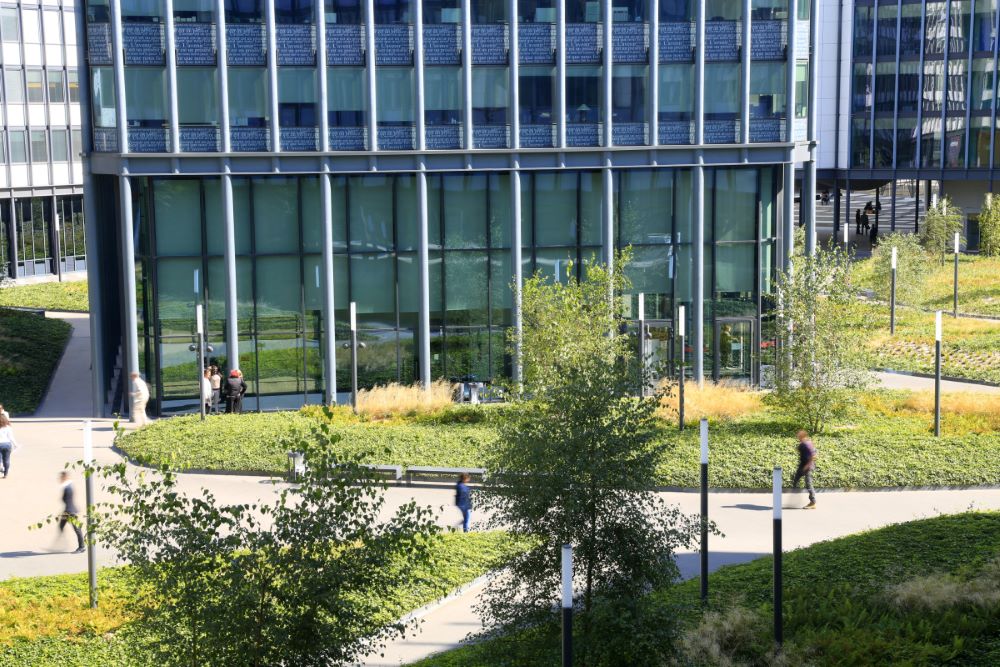Workshop on automorphic forms and number theory
December 19, 2024
Sorbonne University, Paris


The Workshop on automorphic forms and number theory will take place on December 19, 2024, on the Pierre and Marie Curie campus of Sorbonne University.
Contact and Registration
No registration is needed to attend the workshop. For practical information, please write to the organiser Farrell Brumley.Speakers
Edgar Assing (Bonn University)Farrell Brumley (Sorbonne University)
Carsten Peterson (Sorbonne University)
Abhishek Saha (Queen Mary University of London)
Ramin Takloo-Bighash (University Illinois Chicago)
Location
The talks will be held in room 502 between towers 15 and 25.Schedule
9:30 Ramin Takloo-Bighash (University Illinois Chicago)
10:45 Abhishek Saha (Queen Mary University of London)
13:45 Carsten Peterson (Sorbonne University)
14:30 Farrell Brumley (Sorbonne University)
15:30 Edgar Assing (Bonn University)
Abstracts
Edgar Assing (Bonn University) On the density conjecture for principal congruence subgroups
The generalized Ramanujan conjecture is one of the great open problems in
number theory. Sarnak's density hypothesis, which is a quantitative
statement about the rareness of failures of the Ramanujan conjecture,
often serves as a convenient replacement for this conjecture in practice.
In this talk we will explain Sarnak's density hypothesis for GL(n)
focusing on principal congruence subgroups. In particular, we will report
on joint work with Valentin Blomer and Paul D. Nelson for general levels.
Farrell Brumley (Sorbonne University) Quantum ergodicity in the Benjamini-Schramm limit in higher rank, part II
Following the breakthrough by Anantharaman-Le Masson on quantum ergodicity for large regular graphs, an alternative approach was given by Brooks-Le Masson-Lindenstrauss which relied critically on the construction of a wave propagator having good spectral and geometric properties. The latter approach was subsequently adapted to the setting of large hyperbolic surfaces by Le Masson-Sahlsten and then to higher dimensional hyperbolic manifolds by Abert-Bergeron-Le Masson. The kernels of these propagators are supported on spheres or annuli, and (among other things) the argument requires good estimates on the intersection volumes of their translates. In this talk, we shall present a higher rank construction of a wave propagator, which generalizes the one given for PGL(3,\Q_p) by Carsten Peterson in his thesis, and show how it can be used to prove quantum ergodicity for locally symmetric spaces associated with classical real Lie groups in the Benjamini-Schramm limit. In doing so, we repair an error in our previous work on this topic for quotients of SL(n,\R) with Jasmin Matz. Our approach to controlling intersection volumes is due to Simon Marshall, and reduces to establishing deep estimates on the Harish-Chandra spherical function. This is joint work with Simon Marshall, Jasmin Matz, and Carsten Peterson.
Carsten Peterson (Sorbonne University) Quantum ergodicity in the Benjamini-Schramm limit in higher rank, part I
Originally, quantum ergodicity concerned equidistribution properties of Laplacian eigenfunctions with large eigenvalue on manifolds for which the geodesic flow is ergodic. More recently, several authors have investigated quantum ergodicity for sequences of spaces which "converge" to their common universal cover and when one restricts to eigenfunctions with eigenvalues in a fixed range. Previous authors have considered this type of quantum ergodicity in the settings of regular graphs, rank one locally symmetric spaces, and some higher rank locally symmetric spaces. We prove analogous results in the case when the underlying common universal cover is the Bruhat-Tits building associated to PGL(3, F) where F is a non-archimedean local field. This may be seen as both a higher rank analogue of the regular graphs setting as well as a non-archimedean analogue of the symmetric space setting. We shall also mention ongoing joint work with Farrell Brumley, Simon Marshall, and Jasmin Matz dealing further with higher rank locally symmetric spaces.
Abhishek Saha (Queen Mary University of London) Holomorphic QUE for Siegel cusp forms: the case of Saito-Kurokawa lifts
The Quantum Unique Ergodicity (QUE) conjecture was proved in the classical case of Maass forms on the upper-half plane by Lindenstrauss and Soundararajan. The analogous mass equidistribution statement for holomorphic cusp forms in the weight aspect is a theorem due to Holowinsky and Soundararajan. In this talk, I will discuss some recent joint work with Jesse Jaasaari and Steve Lester on the higher rank analogue of the result of Holowinsky and Soundararajan for the case of holomorphic Siegel cusp forms. Our main result establishes mass equidistribution for Saito-Kurokawa lifts (which are special types of Siegel cusp forms of degree 2) assuming the Generalized Riemann Hypothesis (GRH) . We also show that this implies the equidistribution of zero divisors of Saito-Kurokawa lifts. Time permitting, I will say a few words about generalisation to higher dimensions.
Ramin Takloo-Bighash (University Illinois Chicago) Recent progress on the distribution of rational and integral points on homogeneous varieties
In this talk I'll give a survey of some works studying the distribution of rational points on compactifications of semisimple groups. Time allowing, I'll state a conjecture about the distribution of Campana points on Fano varieties and discuss some evidence using homogeneous varieties. The newer results in this talk are joint work with Chow-Loughran-Tanimoto and Tanimoto-Tschinkel.